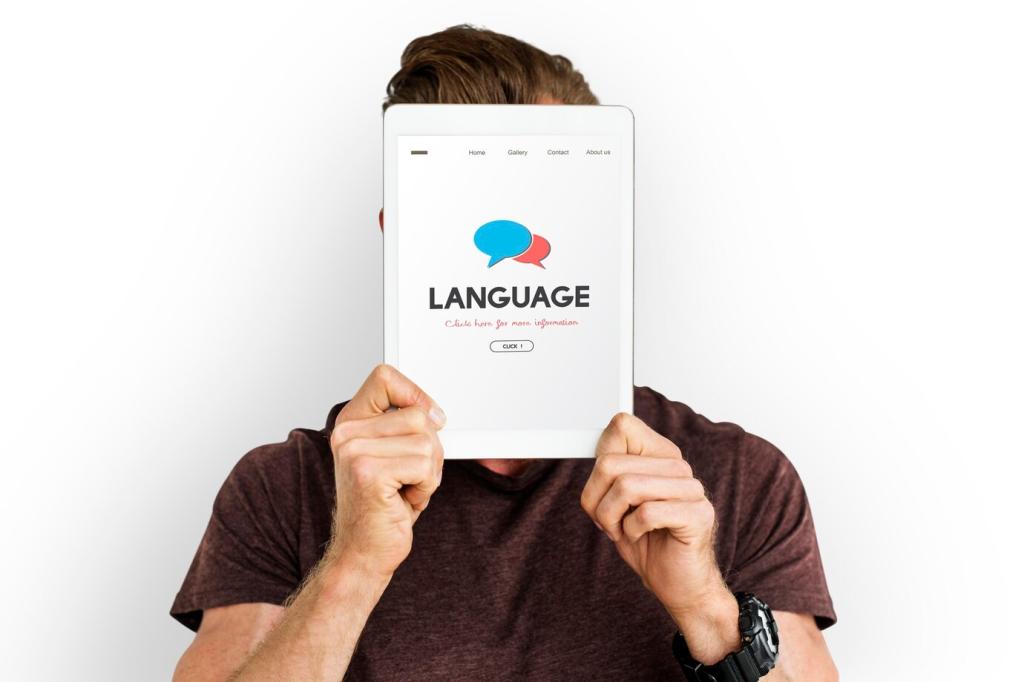Why Translator Resumes Are Different
Clients buy results, not word-counts. Show how your translations improved clarity, reduced support tickets, boosted conversions, or met regulatory deadlines. Quantify where possible, and reference measurable impacts that demonstrate business value, not only linguistic precision.
Why Translator Resumes Are Different
Agencies scan for reliability, tool compatibility, and specialization. Direct clients seek domain expertise and proof you understand their audience. Write succinct bullets that address both mindsets, positioning yourself as a dependable expert who solves specific communication problems.






